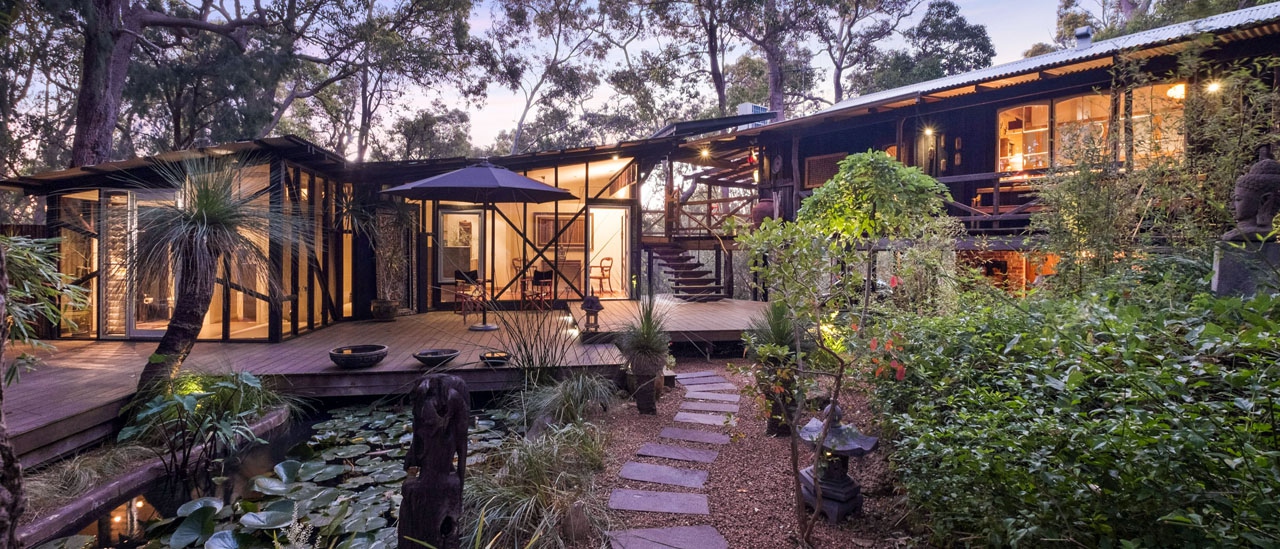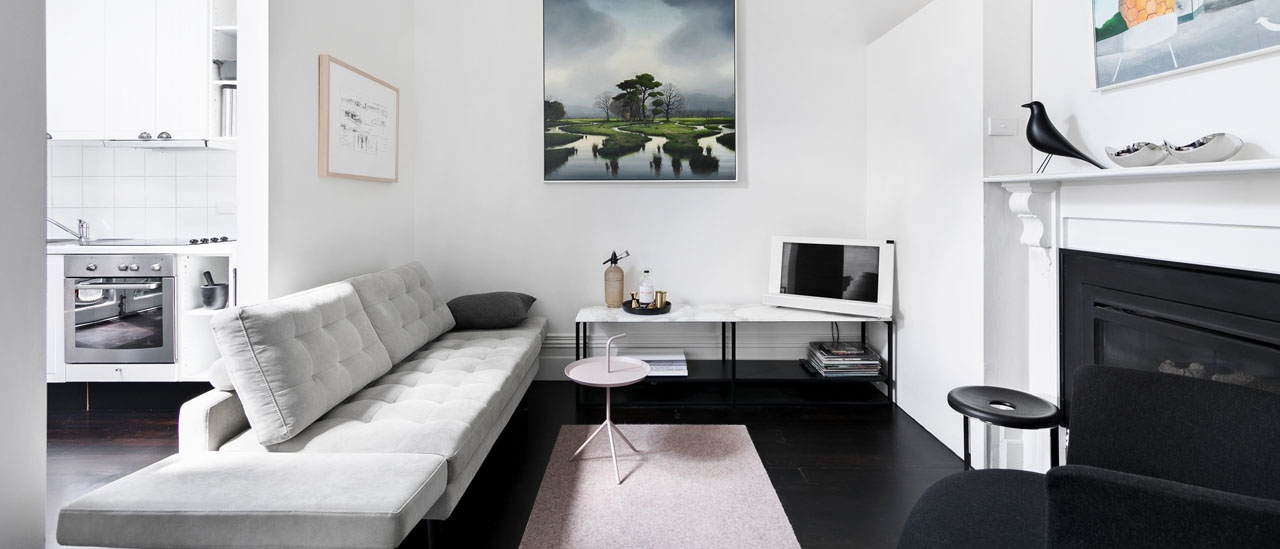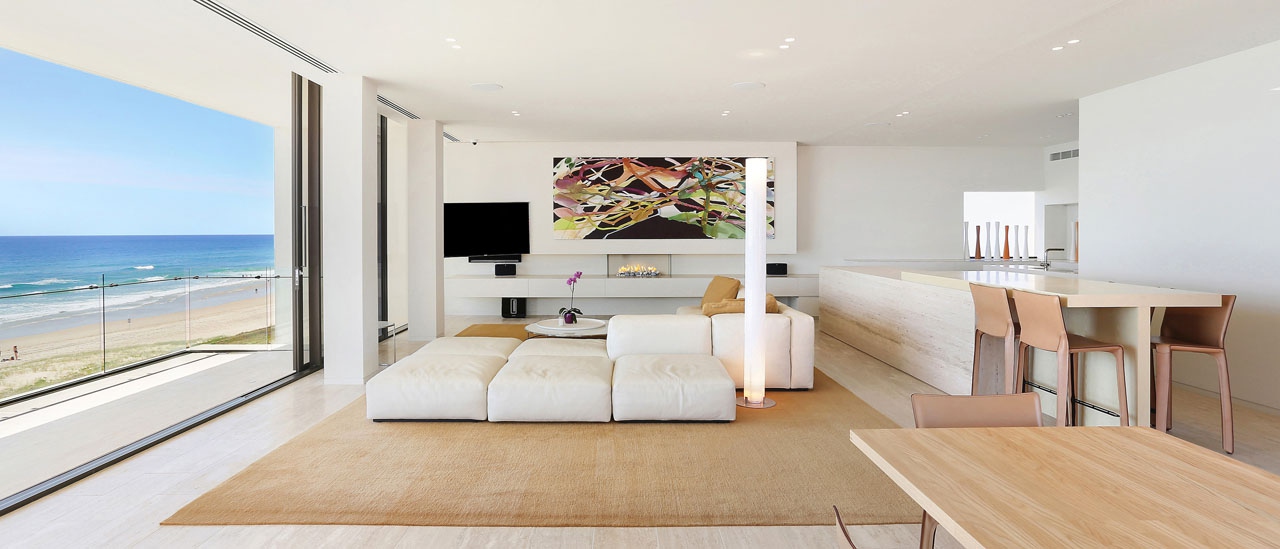Welcome to The Agency’s first quarter property report for 2018. Nationally, we are in quite a different property market when compared to recent years. Despite the moderation in key capital cities, on a national level, home values are still rising. Throughout 2017, CoreLogic reported home values in Australia’s capital cities rose by 4.3%, and in March, by 0.72% across the capital cities. During 2017 only two cities, Darwin and Perth, recorded falls in home value, -6.5% and -2.3% respectively.
What this tells us, is the Australian property market remains stable and continues to be one of the most sound investment options. The value of residential property in Australia sits at $7.5 trillion across 9.9 million dwellings nationwide, according to CoreLogic data.
There will always be markets within markets, an example of this is Perth where certain suburbs have experienced significant price increases. On the investment front, we have noted there are some attractive, untapped capital growth opportunities in off-the-plan apartments within 10km of the Perth CBD.
Similarly in Melbourne, there has been a healthy level of interest in the $3 million plus category as well as in the ‘apartment to home’ upgrade market, particularly within 5 to 10km of the Melbourne CBD.
Though clearance rates have noticeably dropped in several of our capital cities, as outlined in the table below, these statistics don’t tell the full story. The Agency team has seen high attendance rates at our open homes and the moderated Sydney prices are actually creating an attractive environment for those upsizing or downsizing as the market will not have risen between transactions.
Then we come to the Gold Coast, currently the centre of attention with the Commonwealth Games. The Gold Coast real estate market has traditionally focused on holiday periods but with universal access via online marketing and significant affordability when compared to Sydney and Melbourne, it has become a year-round market. Throughout 2017 home values increased by 7.6%, demand has outstripped supply and is likely to continue considering population predictions.
Also in this report, hear from Steven Chen, Director of Projects, with new development activity, Maria Carlino, Director of Property Management, on the rental and investment markets and from John Kolenda, Managing Director of our lending partner 1300HomeLoan.
We look forward to helping you on your property journey.

Sydney Market
By the end of 2017, Sydney’s unprecedented property price growth had moderated. Home values fell 2.1% in the December quarter but ultimately recorded 3.1% growth over the year.
Sellers who are prepared to listen to the market and price their properties accordingly are still seeing strong results.
Those same conditions have lingered into 2018, with prices fairly stagnant. Over March, home values dropped by 0.29% and are 2.1% lower than March last year. At the same time, the city’s auction rates have slipped to 61.1% by late March, well down from the 80% or higher rates that were routinely being recorded this time last year.
These market conditions do not necessarily reflect a lack of buyers in the market. We are actually seeing an increase in open home attendances, it is more that today’s buyers aren’t acting with the same urgency that they once needed to.
Because buyers don’t expect the market to rise quickly, they are more conservative when it comes to an offer. As a result, vendors need to be realistic about the sale price. “As a seller, a year ago you could have an inflated opinion of what your property was worth and the market was rising so rapidly that it would eventually come and meet you,” Thomas McGlynn, National Director of Sales, explains. “That’s not the case anymore. Sellers who are prepared to listen to the market and price their properties accordingly are still seeing strong results.”
Interestingly, with lessened heat in the market, current conditions may offer a better time to both upsize and downsize when compared to the last couple of years. It gives those looking to transition more room to breathe, as the market won’t runaway in terms of price between the sale of their home and purchase of a new home.
The one part of the Sydney market that has remained robust is the market in prestige properties, particularly in the eastern suburbs and the lower north shore. We have seen confidence from local buyers in the top end of the market.

354 Arden Street, Coogee NSW
Perth Market
Despite the fact the Perth real estate market has been subdued over the past five years, there are clear signs more people are entering the market, especially for properties within a 10km radius of the Perth CBD.
We are seeing indications that confidence is increasing at the upper end of the Perth market. People are looking to enter the ‘in excess of’ $1 - $1.5 million category, where a few years ago it was subdued. This is reflected in the fact prices rose sharply in many of the prime areas of the city over 2017, though the overall market registered a drop of 2.3%. Sharp price increases were recorded in Claremont at 8% and Peppermint Grove where they rose by an astounding 15.5%, according to REIWA.
It is logical this increased activity and confidence could soon filter through to the middle of the Perth market at around the $500 - $800,000 mark. Stuart Cox, The Agency’s Western Australian General Manager, has observed one notable omission from the Perth property market continues to be first home buyers.
While the government grants are less appealing than they once were, we don’t understand why first home buyers aren’t entering the market in larger numbers or with more urgency,” Stuart says. “You can get a good property for under $400,000, within 20km of the CBD with great transport.”
While there has been a prevailing view of an oversupply in units, there is still good potential for capital growth in off-the-plan apartments within 10km of the Perth CBD. CoreLogic data shows fewer projected completions for off-the-plan apartments over the next few years.
This could lead to a shortage of apartments when you compare population growth with completion dates of apartments in the next 12-18 months. This creates opportunities for investors in the Perth market because the yield is almost positively gearing properties.
The data shows investors could spend $1.2 - $1.5 million on a property to get a 3% yield in Sydney, but for the same amount they could buy three properties in Perth and receive a 5% yield on each of them. That’s partly because the Perth median property price was not far off Sydney’s a decade ago, now Sydney’s is almost double.

35 Hubert Street, Darlington WA
Melbourne Market
Melbourne’s property market outperformed Sydney’s over 2017, with home values rising by 8.9% in the 12 months to December. However, like Sydney, the city’s auction clearance rate has been steadily falling – and registered just 65.8% in late March 2018.
The auction clearance rates don’t’ tell the full story about the city’s property market. What we are seeing is buyers are becoming more specific about their property requirements and more price sensitive, but attractive properties that are priced appropriately are still in high demand.
One reason the auction clearance rates seem subdued is that, in the face of a moderated market, buyers feel less pressure to act immediately. “There is a definite trend towards people negotiating post auction,” Peter Kakos, The Agency’s Victorian General Manager, explains. “The vendors still achieve the desired price post auction. But the headline auction clearance rate only takes into account what happens on auction day itself, not the fortnight afterwards.”
We have observed two parts of the Melbourne market continue to perform well. In the prestige market, a lack of supply means many properties over the $3 million category are receiving considerable interest, particularly from baby boomers. Record sales are still being made. The other strength has been in the ‘apartment to home’ upgraders, especially within 5 to 10km of the Melbourne CBD.
This tends to be second home buyers who are active in this market. Young families or couples who are living in an apartment and have built up enough equity to take the next step on the property ladder.
 9 Durham Street, Albert Park VIC
9 Durham Street, Albert Park VIC
Gold Coast Market
The Gold Coast property market outperformed the national average in 2017, with house values rising by 7.6%, according to CoreLogic. Demand has been outweighing supply, as there has been a shortage of homes hitting the market.
This limited supply is reflected in the fact Gold Coast dwelling sales fell 11% over the year to November 2017 with a total of 18,746 verified transactions, compared to 21,155 at the same time in 2016. During this period, the area gained around 10,000 new residents, according to the Australian Bureau of Statistics, making its population growth rate of 1.6% comparable to Sydney’s. This gap between the number of sales and number of new residents could well become more acute in coming years, with the city’s population tipped to grow to 820,000 by 2035 and 1.2 million by 2050.
But despite this outlook, senior agent John Natoli has observed that the start of 2018 has seen a pause in market conditions. “At the moment, buyers aren’t showing the same urgency that they did last year,” he explains. “Demand has stayed steady in the market below $1.5 million. But the prestige market has been inconsistent. Some properties at the top end of the market are selling without delay; others have not gained the appropriate attention from prospective buyers.”
The Gold Coast market could well receive a surge of interest post April, as the eyes of the nation turn to the 2018 Commonwealth Games. With 6,600 athletes and team officials attending 17 competition venues, and constant images of the Gold Coast sun being beamed into people’s lounge rooms, many from southern states are likely to be inspired to make the move north.

Villa 2, 209-211 Hedges Avenue, Mermaid Beach QLD
Investor's Corner with Maria Carlino
At the close of 2017, rental vacancy rates were notably low, with Sydney sitting at 2.1%, Melbourne at 2.2% and Brisbane at 2.6%, Perth was a little higher at 5.5%. Interestingly, the Gold Coast is experiencing the lowest vacancy rate in years at just 1.1%, perhaps impacted by increased activity with the Commonwealth Games.
Overall, March was a strong month for rentals with a noticeable lift in the number of properties coming onto the market. “We leased around 10% more stock than in February, which gives some indication of where the market is right now,” says The Agency’s National Director of Property Management, Maria Carlino.
Maria and her team have seen the winter rental season arrive earlier this year, the timing of Easter also having an effect, and there are less tenants on the move. To counteract this, Maria and her team have increased private leasing appointments.
According to Maria there has been no discernible lift in yields – though this is not necessarily a bad thing. “Increased yields can be a sign that property prices are falling,” she explains. “After the mining boom ended and property prices crashed in many mining towns, rental yields rose sharply. The fact yields are currently steady tends to show property prices aren’t moving much either.”
In a market where yields are flat, an investor’s interest rate becomes even more important. However, Maria says most investors fail to give their investment loans the same kind of attention their home loans receive. “When interest rates are low, it is often the perfect time to refinance your investment loan as well as your home loan,” she explains.
“That’s why I’m pleased we’ve partnered with 1300HomeLoan.com.au to offer investors a free health check on their current loan to make sure they’re getting the very best deal.”
Maria Carlino
National Director of Property Management at The Agency
New Projects with Steven Chen
Steven Chen, Director of Projects, says the number of new developments being launched across Australia’s eastern seaboard has reduced. “Urbis figures report a decline in most major cities, 128 new projects launched in 2017, compared to 248 new project launches in 2016,” Steven says.
First home buyers are also taking advantage of government grants to get into the market through new developments.
Steven attributes this decline to increased construction costs and finance, coupled with higher presale requirements and a major reduction in overseas buyers.
That said, top-end local and foreign developers are still searching for quality development sites, particularly if they’re close to new or planned infrastructure. In Sydney, developers are particularly interested in areas like Badgerys Creek, Randwick and parts of the inner west such as Five Dock, Burwood and Strathfield.
This is driven in part by continuing strong demand for luxury apartments from downsizers and empty nesters. “This segment of the market typically has a high asset base, and they are seeking a lifestyle change and premium developments in Melbourne, Sydney and the Gold Coast. They are willing to pay more for views, lifestyle appeal and bespoke finishes.”
First home buyers are also taking advantage of government grants to get into the market through new developments. This is particularly evident on the Gold Coast, in suburbs such as Robina and Southport, where excellent infrastructure and amenities combine with property prices that meet the first home owners grant (FHOG) criteria.
Steven and his team have also identified smaller projects are growing in popularity with developers. “In Sydney and Melbourne we have seen a higher than usual enquiry for house and land products, alongside future land holdings with rezoning potential and high-end boutique apartment complexes ranging from three to 50 dwellings.”
Part of this same trend, Steven notes Gold Coast development has seen a shift away from the super high rise developments of 400 plus units towards more modest towers with under 100 apartments of higher quality.
Steven Chen
Director of Projects at The Agency

Naia - Gold Coast
Finance with John Kolenda
The current lending environment can be quite confusing. Banks move their interest rates despite the Reserve Bank of Australia’s official rate remaining at record lows, in this environment, brokers have never been as crucial in helping consumers navigate their way through the maze.
The lending landscape has become a minefield. There are more than 3,400 rate products. Rates offered by different lenders can vary by more than 0.5% and more than 1% for some products. The qualifying criteria across different lenders and products also varies widely.
Finding the right product at the right price is very challenging but having a broker by your side with their expertise and experience may help secure a better deal.
Mortgage brokers account for more than half the home loans originated in Australia. Brokers have changed the home finance sector over the past three decades by finding home buyers the best terms and interest rates through their access to a wide variety of lenders.
The RBA is likely to remain on the interest rate sidelines for the rest of 2018, but that doesn’t mean your bank can’t offer a lower rate. Complacency can cost you thousands of dollars a year. Don’t hesitate to talk to a broker to help get the deal done.
Rates offered by different lenders can vary by more than 0.5% and more than 1.0% for some products.
John Kolenda
Managing Director 1300HomeLoan
